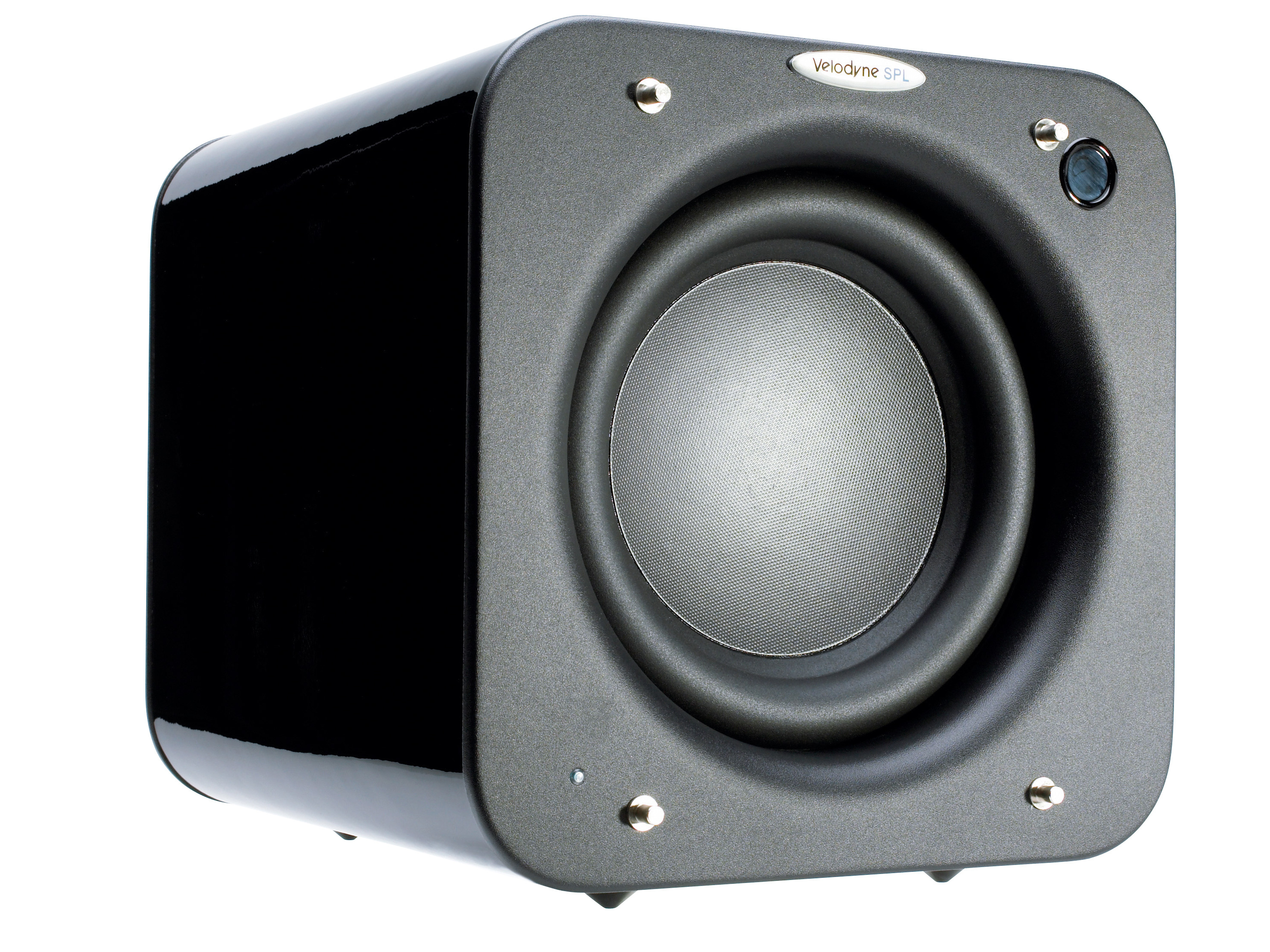TechRadar Verdict
A different set of compromises to others in its class. Best used with small to medium size speakers
Pros
- +
Can play very loud, and is very tidy
Solid build
Well designed low pass filters and effective room EQ
Cons
- -
Lacks the bass extension of the best rivals
Not always seamless with mixed 2.1/5.1-channel systems
Why you can trust TechRadar
In the US, the spiritual home of the subwoofer, Velodyne is the market leader among 'serious' manufacturers.
The 800R is the solid, yet diminutive entry-level model in the new SPL range, with a sealed enclosure well under three quarters of a cubic foot in volume.
Internal hardware includes a 200mm Kevlar reinforced resin cone and a 1kW Class D amplifier, both of which have been carried over from the previous SPL Series II range.
Velodyne has long made a feature of room equalisation, and the SPL-R series boasts a six-band digital equaliser. Unlike Velodyne's more expensive ranges, this is a simple graphic (not parametric) equaliser, and there is no video display allowing you to see what's going on.
Single press setup
What you do get, though, is a test microphone and added simplicity in the form of a single press button on the remote, which performs set-up with no further intervention.
There are also four equalisation curves labelled movies, rock, jazz/classical and games, each with a pre-programmed volume offset. In addition, a night (compressed) mode, mute and four phase settings are available.
Most UK subs (after REL) allow concurrent parallel connections at speaker and LFE/line level. Velodyne does not. The REL method allows the system to be set up for 2.1 channel music and 5.1 channel applications simultaneously.
REL also suggests that the high-level input provides optimum sound quality since it exactly mirrors what the main speakers see, but Velodyne points out with some justification that this involves changes in electrical loading on main system amplifier, with potentially deleterious amplifier interactions and performance effects.
The Velodyne has a higher LF cutoff frequency than its rivals from REL (the R-205 and R-305, which cost £100 less and £100 more respectively), and its LF filter is designed for somewhat higher frequency use.
Authoritarian sound
With larger floorstanding speakers, the Velodyne cannot be adjusted to simply underpin the main speaker without overlap (though you can get close). But with smaller speakers, and larger ones that can be filtered back to around 40Hz or so, the Velodyne is an excellent match.
There is more than enough power to drive bass lines along with real power and urgency; the sense of authority is palpable. At the same time, the enclosure is inert enough not to sing along with the music. Also, because it is not a vented design, there is no wind noise or port related distortion.
The SPL-800R pushes all the right buttons. In common with the REL R range, it is small and well finished, and Velodyne has learned the art of making truly inert subwoofer enclosures that sustain use in sealed (or infinite baffle) form.
It has a good (but not exceptional) transient response, and bass depth is not in the same class as its obvious rivals discussed above. But the DSP feature gives a very stable, even bass that integrates well with the host system, and its output is prodigious.
In the SPL-800R, Velodyne has a subwoofer of moderate bass depth but real power, with well designed filters that help with system integration. This offers a lot of adjustability from the remote control without the need to access the subwoofer directly.
Sonically it can really kick ass, while features like the remote control and a remote IR input, plus the lack of dust traps on its sleek flanks, makes it a good bet for custom installation systems. Alvin Gold
Tech.co.uk was the former name of TechRadar.com. Its staff were at the forefront of the digital publishing revolution, and spearheaded the move to bring consumer technology journalism to its natural home – online. Many of the current TechRadar staff started life a Tech.co.uk staff writer, covering everything from the emerging smartphone market to the evolving market of personal computers. Think of it as the building blocks of the TechRadar you love today.
